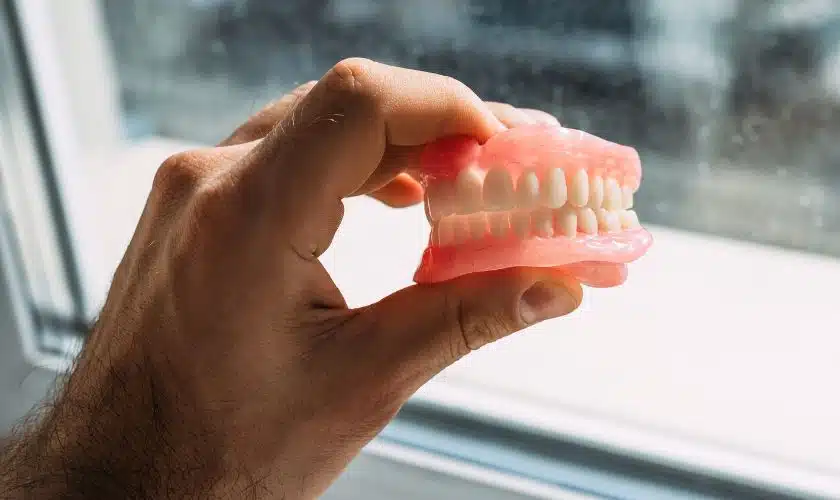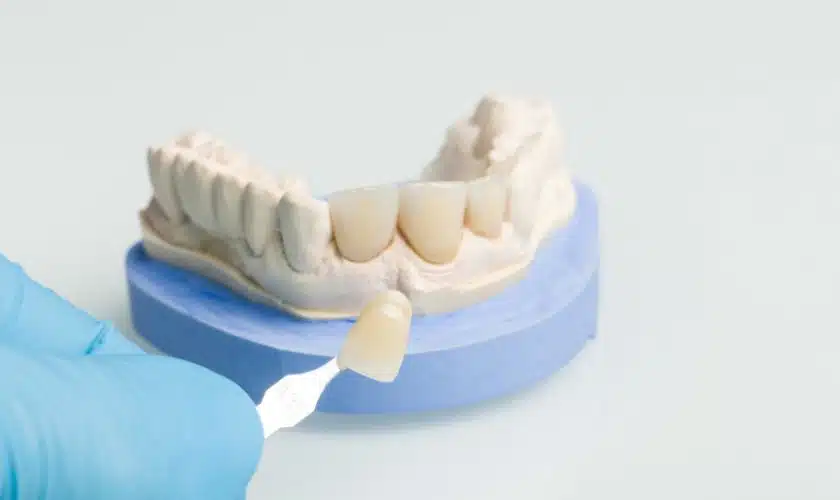
Can a Badly Decayed Tooth Be Restored?
When faced with a badly decayed tooth, the looming question often is: can it be restored? Fortunately, modern dentistry offers a range of solutions through restorative techniques that can salvage even severely damaged teeth. In this comprehensive guide, we’ll delve into the realm of restorative dentistry, exploring the possibilities and options available for restoring a badly decayed tooth to its former glory.
Assessment and Diagnosis
The first step in restoring a badly decayed tooth is a thorough assessment and diagnosis by a qualified dentist. Through visual examination, probing, and dental imaging such as X-rays, the extent of the decay can be determined. This assessment helps the dentist formulate a tailored treatment plan suited to the individual’s needs.
Restorative Options
Restorative dentistry encompasses a variety of techniques aimed at repairing and rebuilding damaged teeth. The choice of treatment depends on factors such as the severity of the decay, the location of the affected tooth, and the patient’s oral health history. Here are some common restorative options for badly decayed teeth:
1. Dental Fillings
For minor to moderate decay, dental fillings are often the go-to solution. These involve removing the decayed portion of the tooth and filling the cavity with a durable material such as amalgam, composite resin, or porcelain. Dental fillings not only restore the tooth’s structure but also prevent further decay.
2. Dental Crowns
In cases of extensive decay or weakened tooth structure, dental crowns offer a more robust solution. A crown is a custom-made cap that covers the entire visible portion of the tooth, providing protection and reinforcement. Crowns can be made from various materials, including porcelain, metal, or a combination of both, depending on aesthetic and functional requirements.
3. Root Canal Therapy
When decay reaches the innermost part of the tooth, known as the pulp, it can cause severe pain and infection. Root canal therapy, also known as endodontic treatment, involves removing the infected pulp, cleaning and disinfecting the root canal, and sealing it to prevent further infection. Despite its reputation, root canal therapy is a highly effective way to save a badly decayed tooth from extraction.
4. Dental Implants
In cases where a tooth is irreversibly damaged or lost due to decay, dental implants offer a permanent replacement option. Implants consist of a titanium post surgically implanted into the jawbone, topped with a lifelike crown. This solution not only restores the appearance and function of the missing tooth but also preserves bone density and facial structure.
5. Dental Bridges
For patients missing one or more adjacent teeth due to decay, dental bridges provide a non-removable restoration. A bridge consists of one or more artificial teeth, called pontics, anchored to adjacent healthy teeth or dental implants. This restores the bite and prevents surrounding teeth from shifting out of alignment.
Factors Influencing Treatment
The choice of restorative treatment for a badly decayed tooth is influenced by several factors, including:
1. The extent of Decay: The severity and extent of the decay dictate the appropriate treatment approach.
2. Location of the Tooth: The location of the affected tooth within the mouth can affect treatment options and outcomes.
3. Patient’s Oral Health: The overall oral health and hygiene practices of the patient play a significant role in determining the success of restorative treatments.
4. Aesthetic Concerns: For teeth visible in the smile zone, aesthetic considerations such as color, shape, and alignment are important.
In conclusion, a badly decayed tooth can indeed be restored through advancements in restorative dentistry. From dental fillings to implants, there are various options available to repair and preserve damaged teeth, allowing patients to regain function, comfort, and confidence in their smiles. By understanding the causes of decay, seeking timely treatment, and prioritizing preventive care, individuals can maintain optimal oral health for a lifetime. Remember, a healthy smile starts with you!




